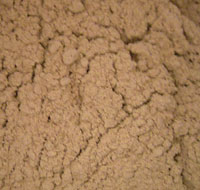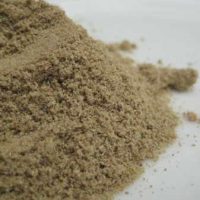Palmarosa Grass (Cymbopogon martinii) is a wild growing plant has long slender stems , up to 3 metres in height, and terminal flowering tops. The grassy leaves from which the essential oil is derived are extremely fragrant. It is native to Northern India, Nepal and Bhutan and likes a moist habitat. It is quite temperamental to cultivate.
Reported Attributes of Palmarosa Essential Oil:-
The Grass’s properties include use as an antiseptic, bactericidal, cicatrizant, digestive, febrifuge, hydrating, stimulant (digestive, circulatory), and tonic. It is used extensively as a fragrance component in cosmetics, perfumes and especially soaps due to its excellent tenacity. Aromatherapists recommend it as an oil to diffuse during flu epidemics. Its action against viral illnesses and bacteria coupled with the attractive smell – make it a great oil to use to disinfect a room. Maggie Tisserand, in her book Stress: The Aromatic Solution recommends the essential oil for acne, alopecia, lack of concentration and depression with apathy and despair.
It is used to flavour tobacco in some parts of the world.
The oil is also known as an antifungal that fights against Aspergillus niger, commonly known as black mould, Chaetomium globosum also known as mouldy soil and Penicillium funiculosum, which is a plant pathogen
Palmarosa Essential Oil Blends Well With:-
Cananga, Ylang Ylang, Geranium, Rosewood, Sandalwood, Guaiacwood, Cedarwood and floral oils.
History of Palmarosa:-
The oil distilled from the grass was known as Indian Geranium Oil and was once used in combination with the more expensive rose oils.






